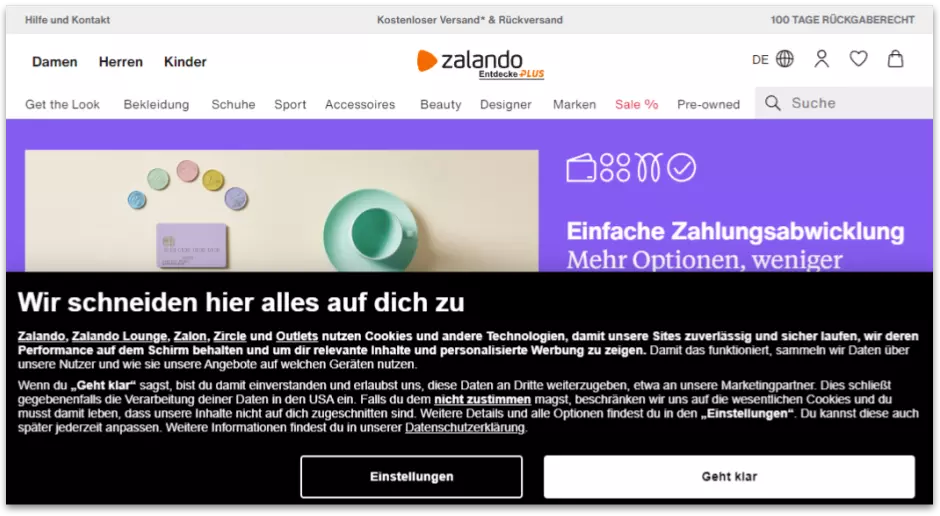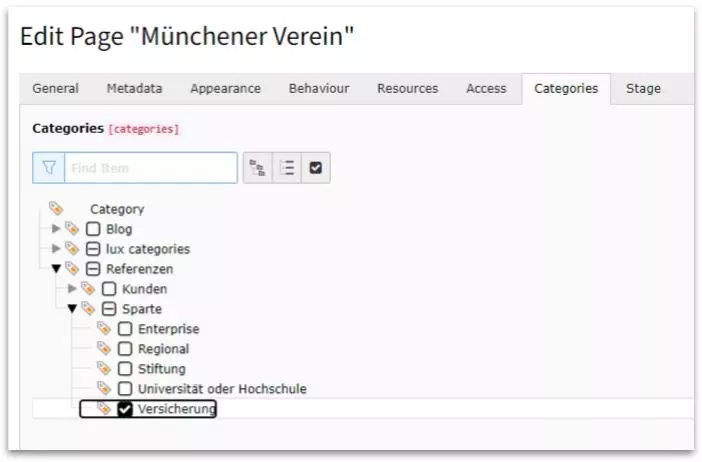Most of us have already experienced personalized content on websites. Mostly in the form of a recommended video or the next recommended product. And it's no wonder, because all the big players like Tik Tok, Youtube, Amazon and others use so-called recommendations. Zalando even advertises in its Consent Management that it adapts and personalizes everything to the user. As a provider of clothing, it's only natural to want to show different offers to men and women, for example.
Personalized websites with TYPO3 & LUX
How to easily implement personalized websites with TYPO3 and get started with minimum effort.
How to get started with personalized websites
Once regarded as hype, personalization is now being used more and more on websites. There's a simple reason for this: it works. Offering users content that matches their behavior not only seems to make sense, but is a real booster for websites.
Most of the time, website personalization is not tackled because of the fear of the efforts.
The good news is that there are tools on the market that can implement personalization with minimal effort. One of these simple personalization tools for TYPO3 is LUX.
The first step is to use the categories that are usually already used in TYPO3 for LUX. Classics like "jobs", "services" or "trainings" etc. can already be used for first personalizations.
However, at some point it will become necessary to assign appropriate and precise categories to the content. The success of website personalization depends very much on the data that is used. So thinking about categorization at an early stage is a win-win for you.
Many options for personalization
There are many more ways to approach personalization on websites. Depending on the location, the device, for a certain period of time or for campaigns, personalizations are increasingly applied.
For website owners, therefore, the first priority should be a quickly visible result. Do not spend too much time on planning and conception. Experience has shown that those who simply look for an initial case and implement it directly will reach their goal more quickly.
Three examples of website personalizations
A restaurant does not want to offer a delivery service during peak hours in order to focus on "on-site" guests. It's simple: Every day between 11 a.m. and 1 p.m., the website switches the CTA "Orders" to "Reserve table" and thus shows visitors a suitable alternative. In this way, the operator ensures that its staff is not overworked and that the high-margin on-site customers are served optimally.
A software provider places ads among various publishers such as magazines and bloggers. In these, he places ads for a white paper that match the readership. To ensure that visitors find a landing page that matches the ad, the cover image and address are personalized based on the campaign URL. This reduces the bounce rate, increases conversion and thus ensures a higher ROI.
A returning visitor to a tour provider's website should be shown what he last looked at. He feels picked up and does not have to search again for the appropriate offers. Through personalized pop-ups, the provider offers him to return there and continue his customer journey.
evaluation follows personalization
No matter how personalizations are used for the website users: The most important thing is always the evaluation of the results. Because only with data evaluations can results also be reproduced and the effort put into relation to the result.
"Valid decisions are only possible if the data basis allows them!"
To achieve measurable results for personalizations, goals for the website must also already be defined and recorded. Far too often, insufficient data is evaluated even for larger websites. Therefore, we recommend to collect the following data already before starting with personalizations.
- Conversion
- Bounce rate
- Click-through rate
If you have these metrics in mind, you already have a good foundation for optimization.
Conclusion: For whom are website personalizations suitable?
Website personalizations often don't require any great month-long projects. If you have already observed the most important cornerstones of a successful website in advance, you can achieve initial success very quickly.
My personal advice is to start simple and move quickly into implementation. The increasing success then always justifies the further measures.






